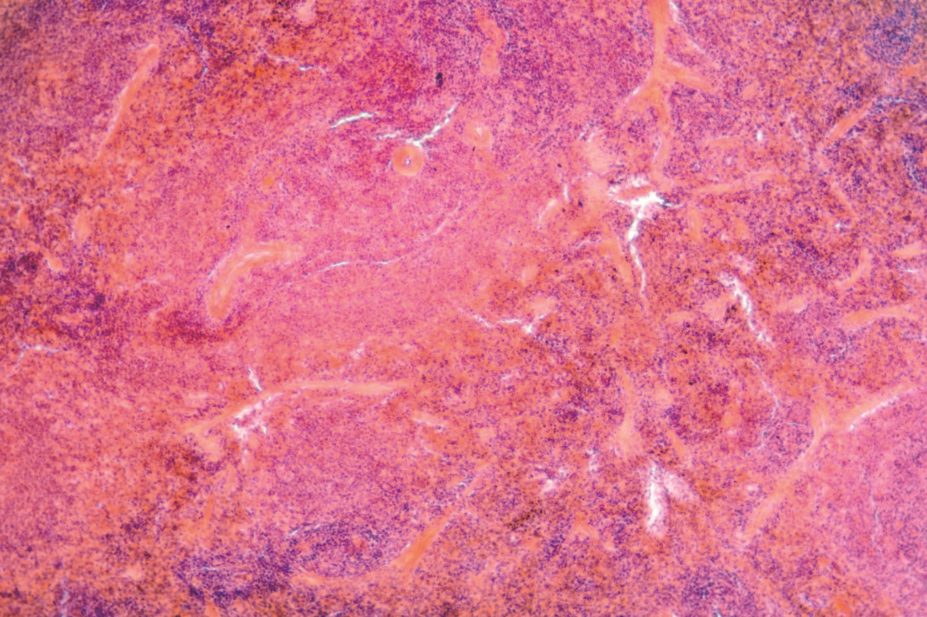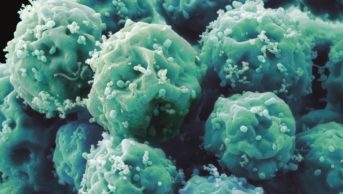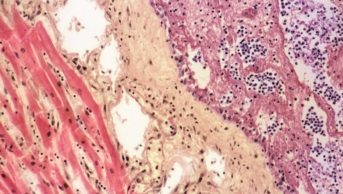
Pan Xunbin / Shutterstock.com
Type 1 diabetes is characterised by the progressive loss of pancreatic β-cells, for which daily insulin is currently the only treatment. Now, work by researchers at Sanford-Burnham Medical Research Institute, California, could pave the way for a completely new therapeutic approach: β-cell regeneration within the pancreas induced by a protein called caerulein.
Writing in Cell Death and Disease
[1]
, Fred Levine and co-authors describe a new paradigm by which caerulein injected into the pancreas stimulates β-cell transdifferentiation from existing α-cells. They demonstrated this effect in a mouse model of Type 1 diabetes and in human pancreatic tissue from Type 1 diabetes patients. “Controlling the neogenic process could lead to a new approach to diabetes therapy,” the researchers say.
References
[1] Piran R et al. Pharmacological induction of pancreatic islet cell transdifferentiation: relevance to type I diabetes. Cell Death and Disease (2014) 5, e1357.

